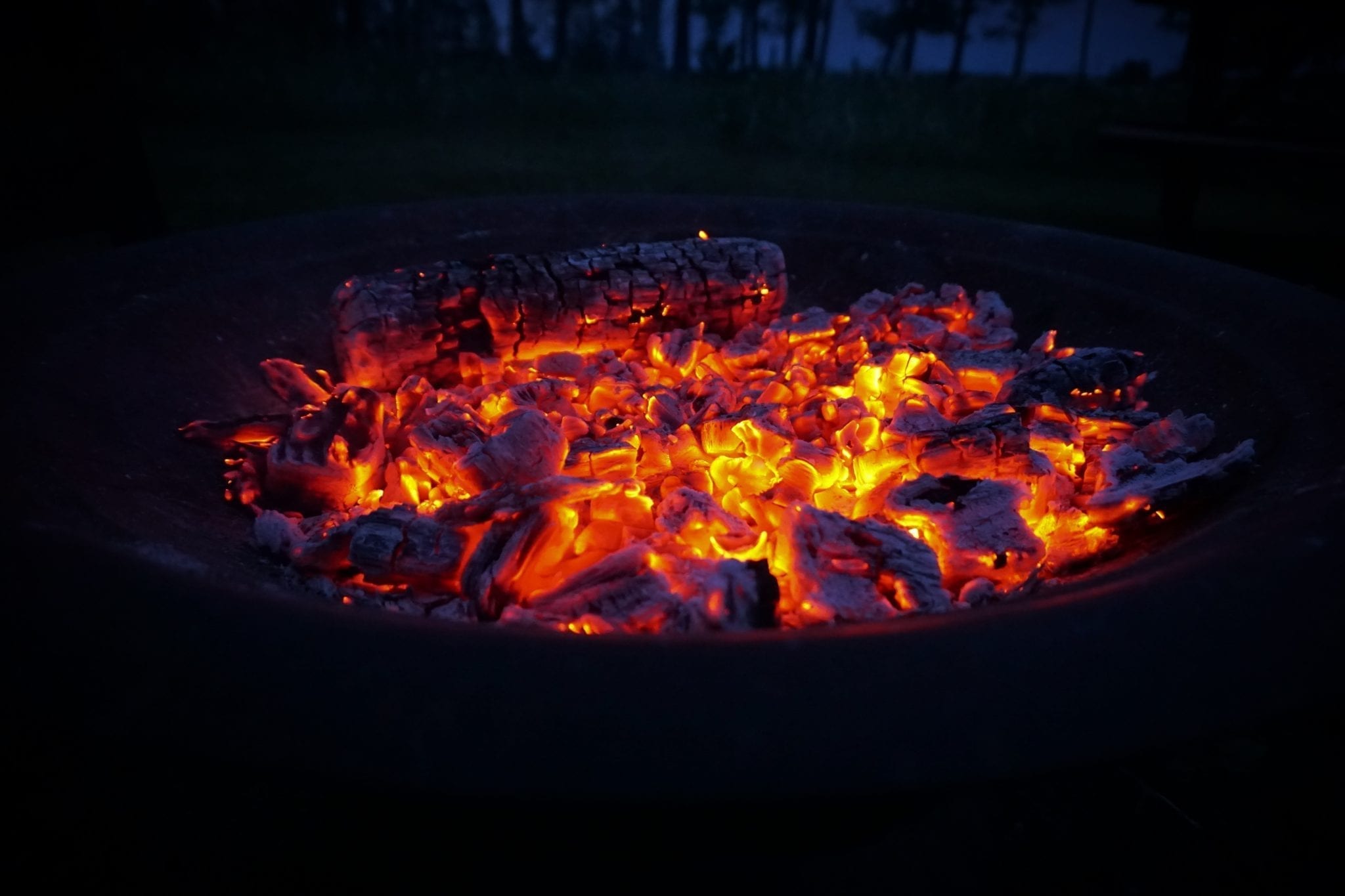Do Veterans Stand a Chance in Burn Pit Litigation?
More than sixty lawsuits have been filed alleging KBR, Inc. dumped hazardous materials, such as medical waste, batteries, and tires, into open burn pits leading to toxic smoke which caused gastrointestinal and neurological issues, respiratory problems, cancers, and other health concerns to more than 800 service members during the Iraq and Afghanistan wars. In the beginning of this year, a judge under the U.S. Department of Labor ruled that the pits were in fact connected to lung disease and other health issues. However, the cases had already been dismissed in 2017. So, veterans and their families have asked a federal appeals court to reinstate them. Do they stand a chance?
Now, if the veterans are able to seek some relief, the extent to which private military contractors like KBR share the government’s immunity from being sued remains a topic of consideration. “It’s incoherent,” said Stephen Vladeck, a professor at the University of Texas School of Law. Military contractors can be court-martialed in the United States for their actions overseas, he said, but judges are all over the place in their perception on the question concerning whether they can be held liable. If the Supreme Court doesn’t step in to “clean up the mess,” he said, Congress should pass a law making the options for relief clear. “And if the contractors really aren’t going to be held liable,” he said, “by what mechanisms are they going to be held to account?”
KBR continues to deny that burn pits are harmful to human health. “Military personnel deployed to Southwest Asia were exposed to many hazardous conditions, including the harsh ambient air,” a representative of KBR wrote. “The government’s best scientific and expert opinions have repeatedly concluded there is no link between any long-term health issues and burn pit emissions.”

If the Court of Appeals limits the veterans’ chance for relief and upholds the dismissal, only the Supreme Court will have the power to reinstate the veterans’ case. “I don’t want to sugarcoat it,” Vladeck said. “The plaintiffs face an uphill battle.”
In 2010, lawmakers banned the military from using burn pits except where there was an alternative. Then, three years later in 2013, Congress mandated the creation of the V.A. registry. On May 1 of this year, members of the House of Representatives announced the creation of a bipartisan congressional caucus on burn pits, and a hearing on veterans’ health issues is set for June. Congress has the power to direct the V.A. to grant disability benefits to veterans with lung disease if they were exposed to burn pits. But so far, the governmental body has yet to stand up for them.
“For every generation’s war, there is some toxic exposure,” said Kenneth Wiseman, the V.F.W.’s associate legislative director. “In Vietnam, it was Agent Orange. Then gulf war syndrome. Now burn pits.” He said the V.F.W. is currently lobbying Congress to direct the V.A. to create a list of illnesses caused by burn pit exposure, which may give them a leg to stand on. The V.A. would grant disability benefits to any Iraq or Afghanistan veteran with a listed condition, so that “individuals don’t have to assemble mountains of evidence one by one.”
Sources:
Veterans Go Back to Court Over Burn Pits. Do They Have a Chance?
Service Members Ask Appeals Court to Revisit Burn Pit Lawsuits


Join the conversation!